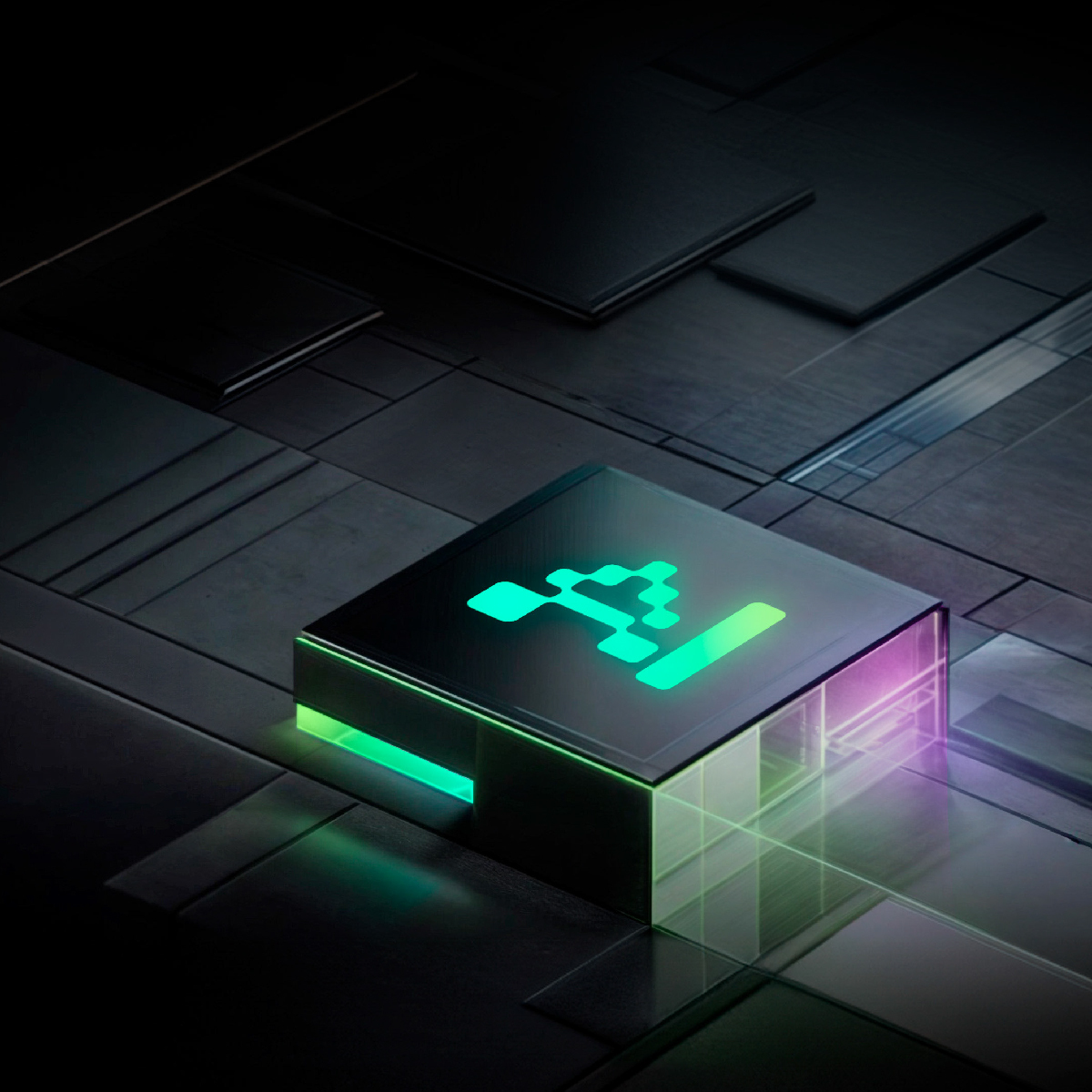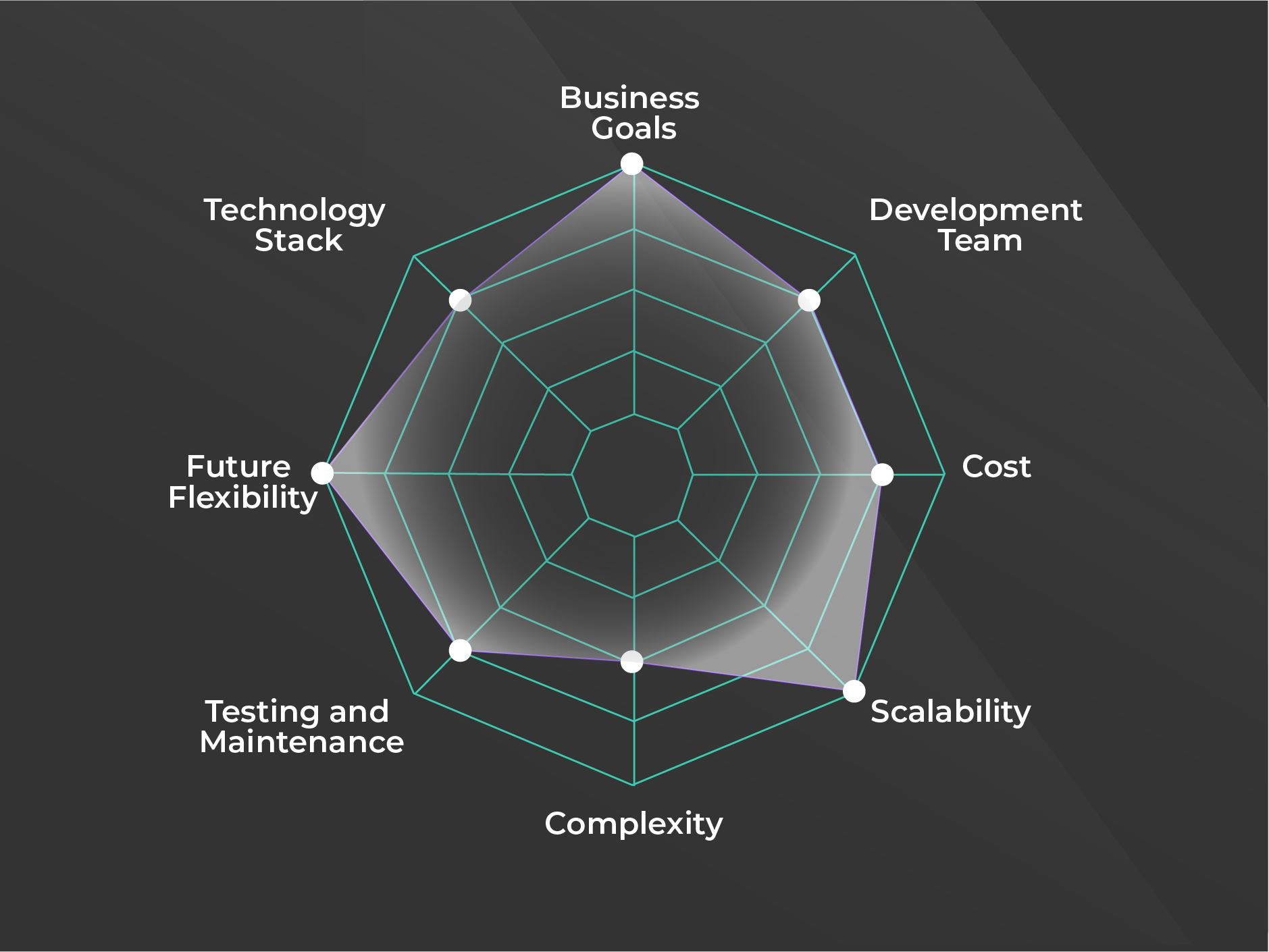System design and architecture are critical components of IT projects, and selecting the appropriate architecture is not a one-size-fits-all thing. It depends on many factors, including your company's needs, goals, and limitations.
Here are some of the most common systems designs and architectures available today.
Monolithic Architecture
- What it is: In a monolithic architecture, all the application's components are closely linked and reside within a single codebase and server.
- Where it works best: Smaller applications with straightforward requirements and limited scalability needs.
- PRO & CON: It's easy to develop and deploy but can become complex to maintain as the application grows.
Client-Server Architecture
- What it is: In this architecture, the system is divided into two main components: a client (user interface) and a server (backend services). The client communicates with the server to request and receive data.
- Where it works best: Moderately complex applications that need centralized data management.
- PRO: It allows for better scalability and load distribution.
Microservices Architecture
- What it is: Microservices break down an application into small independent services. These communicate via APIs. Each microservice focuses on a specific business capability.
- Where it works best: Large and complex applications that require high scalability, flexibility, and agility.
- PRO: It allows for independent development and deployment of services but requires careful orchestration.
Service-Oriented Architecture (SOA)
- What it is: SOA is an approach that uses services as the fundamental building blocks. Services are loosely coupled and able to be re-used across multiple applications.
- Where it works best: Organizations with a diverse IT landscape and a need for service reusability. It can be complex to implement and manage.
Event-Driven Architecture (EDA)
- What it is: EDA is centered around the generation, detection, processing, and consumption of events. Events trigger actions in a decoupled manner.
- Where it works best: Real-time and asynchronous systems, such as those requiring real-time analytics, IoT applications, or event processing.
Serverless Architecture
- What it is: Serverless computing allows developers to focus on writing code while cloud providers manage server infrastructure. Code runs in response to events and scales automatically.
- Where it works best: Applications with variable workloads and a desire to minimize infrastructure management. It can be cost-effective but may have limitations.
Distributed Systems
- What it is: Distributed systems involve multiple interconnected nodes that work together to achieve a common goal. They often use distributed databases and communication protocols.
- Works best for Applications that require high availability, fault tolerance, and scalability. Common in cloud-based applications and large-scale data processing.
Key Considerations Checklist
- Business Goals: Align the architecture with your company's business objectives. Consider factors such as scalability, speed of development, and cost-effectiveness.
- Complexity: Assess the complexity of your application. Smaller applications may benefit from simpler architectures, while large and more complex systems may require more sophisticated approaches.
- Scalability: Consider your scalability requirements. Some architectures, like microservices, are inherently scalable, while others may require more effort to scale.
- Development Team: Evaluate your development team's skills and expertise. Some architectures may require specific knowledge and experience.
- Technology Stack: Ensure the chosen architecture aligns with your preferred technology stack and integrates well with your existing systems.
- Cost: Consider the cost implications, including infrastructure costs, development costs, and ongoing maintenance expenses.
- Future Flexibility: Think about how well the architecture can adapt to future changes and evolving business needs.
- Regulatory and Security Requirements: Ensure that the architecture complies with security requirements specific to your industry.
- Testing and Maintenance: Consider how you'll handle testing and maintenance in the chosen architecture.
It's often beneficial to consult with experienced architects or IT professionals to make an informed decision based on your company's unique circumstances and goals.
Ultimately, a thorough architectural assessment and prototyping can help validate the fit for a chosen architecture, guaranteeing a great start for a large project.


